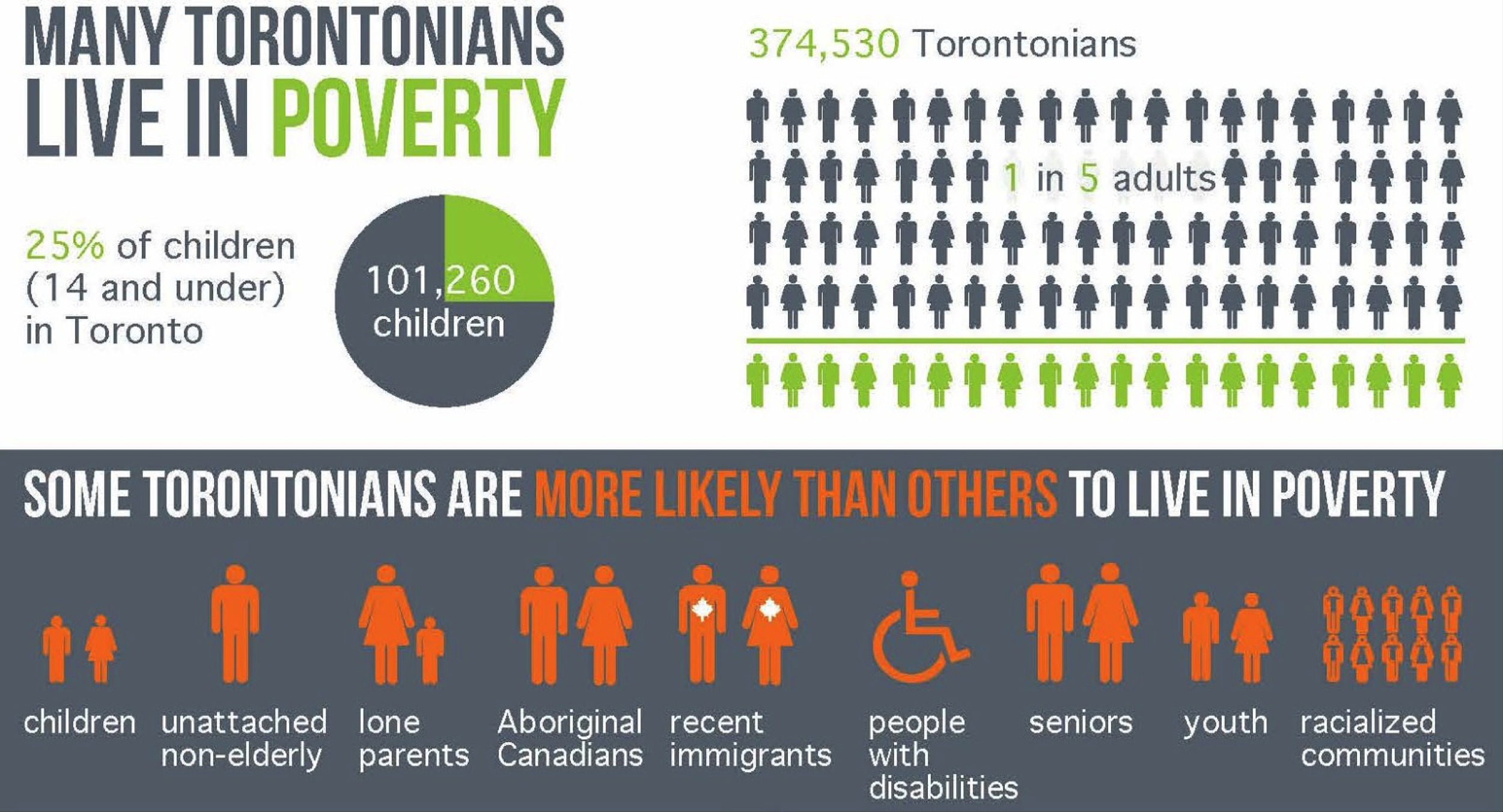 Encouraging entrepreneurship among disadvantaged groups can help boost jobs and tackle social exclusion, according to a new joint report by the OECD and European Commission.
Encouraging entrepreneurship among disadvantaged groups can help boost jobs and tackle social exclusion, according to a new joint report by the OECD and European Commission.
The Missing Entrepreneurs 2015 looks at European entrepreneurship policies that contribute to social inclusion by providing opportunities to start and run businesses for those that are disadvantaged and under-represented among the self–employed. It focuses on support for youth, women, seniors, the unemployed, ethnic minorities, immigrants and people with disabilities.
The report looks at how to support business growth for entrepreneurs from these target groups by improving the quality of business start-ups and fostering entrepreneurial motivation. It says networks need to be developed to increase access to resources, such as financing, business partners, and ideas for new products, processes and organisational methods. It recommends that successful role models from the target groups are used to inspire other entrepreneurs. At the same time, mainstream support programmes for business growth (e.g. access to finance, leadership and management training) need to be accessible to entrepreneurs from the disadvantaged groups.
According to a survey cited in the report, only 36% of young people and 33% of women in the European Union say they have the knowledge and skills to start a business. Coaching and mentoring programmes can improve entrepreneurial skills. But specific training is needed for coaches and mentors to ensure they understand the issues and challenges faced by entrepreneurs from the target groups. It is also important to match entrepreneurs to a coach or mentor using a clearly defined process that considers gender ethnicity, and business sector.
Download The Missing Entrepreneurs 2015
The report includes the following findings:
- Many youths (45%) would prefer to be self-employed rather than working as an employee. Despite high start-up rates, youth-operated businesses tend to have low survival rates.
- More than 685 000 people who were unemployed in the European Union in 2012 successfully entered self-employment in 2013.
- Other groups facing social exclusion in the European Union are less likely to be self-employed and often operate businesses with low prospects for growth (e.g. women, seniors, people with disabilities). For example, women were half as likely as men to be new business owners over the 2009-13 period (1.8% vs. 3.5%) and were less likely to have employees in 2013 (24.0% vs. 31.1%).
- Key barriers are faced by these groups in the areas of accessing finance, acquiring entrepreneurship skills and building entrepreneurial networks.
- Business start-up support accounts for only 1.9% of active labour market policy expenditures across the European Union and should be boosted.
- Examples of successful policies to support business creation and self-employment for disadvantaged groups include Autonomie et Solidarité in France, which invests in new start-ups by the unemployed and has led to the creation of more than 2 000 jobs in the Nord-Pas-de-Calais region. The Enter Ability scheme in Germany which provides coaching, mentoring and business consultancy to people with disabilities, has led to 109 new start-ups.
Other examples of effective approaches include the Innovative Youth Entrepreneurship in Greece, which provides grants of up to EUR 10 000 for innovative business start-ups to unemployed university graduates. The programme receives funding from the European Social Fund and only targets innovative business ideas to increase the chances of developing sustainable businesses.
In the United Kingdom, the 12/8 Group is a peer mentoring initiative for Afro-Caribbean business owners in the West Midlands region.
The Missing Entrepreneurs 2015 is divided into three sections. It provides data on the self-employment and business creation activities by each target group, and on the barriers that they face. It looks at supporting business growth by entrepreneurs from the target groups and effective coaching and mentoring. It also provides policy examples and country-specific data from each European Union country.
Other inclusive entrepreneurship reports
The Missing Entrepreneurs 2015 is part of an ongoing cooperation between the OECD and the European Commission. Other outputs include two previous editions of The Missing Entrepreneurs, Nine policy briefs (Youth entrepreneurship; Senior entrepreneurship; Social entrepreneurship; Evaluating inclusive entrepreneurship programmes; Financing inclusive entrepreneurship; Entrepreneurship among people with disabilities; Expanding networks; Informal entrepreneurship; Sustaining self-employment), youth entrepreneurship policy reviews, “rapid assessments” of inclusive entrepreneurship policies and programmes, and a forthcoming compendium of good practices.
Further information is available at http://www.oecd.org/industry/inclusive-entrepreneurship.htm or from the OECD Media Division.
Source: Organisation for Economic Co-operation and Development


 Congratulations to
Congratulations to  The Canadian Alternative Investment
The Canadian Alternative Investment The federal government has released an open invitation for pre-budget submissions from Canadians in advance of the 2016 Federal Budget. The government has not set a date for the finalized budget but it will likely be published before the end of the fiscal year (March 31).
The federal government has released an open invitation for pre-budget submissions from Canadians in advance of the 2016 Federal Budget. The government has not set a date for the finalized budget but it will likely be published before the end of the fiscal year (March 31). Like many major metropolitan areas in the United States, Toronto is experiencing fast-paced growth. Canada’s finance and business capital has more cranes in the sky than New York City—with nearly 50 percent more high-rises undergoing construction than in the big apple. Between 1990 and 2012, the region experienced a doubling of the economy, and significant population growth. By 2013, Toronto had become the fourth largest city in North America and today, almost one fifth of all Canadians live in the metropolitan area.
Like many major metropolitan areas in the United States, Toronto is experiencing fast-paced growth. Canada’s finance and business capital has more cranes in the sky than New York City—with nearly 50 percent more high-rises undergoing construction than in the big apple. Between 1990 and 2012, the region experienced a doubling of the economy, and significant population growth. By 2013, Toronto had become the fourth largest city in North America and today, almost one fifth of all Canadians live in the metropolitan area.  Amidst such frenzied development and economic growth, however, many have been resigned to the margins:
Amidst such frenzied development and economic growth, however, many have been resigned to the margins:

 Michelle Stearn began working at the Democracy Collaborative as a Communications Associate in Fall 2015 after graduating from Georgetown University with a Bachelor’s degree at the School of Foreign Service. Her studies focussed on environmental justice, globalization, and critical theory. She also studied sustainable community development and urban agronomy for a semester in Santiago, Chile, where her Spanish accent became quite distinctive.
Michelle Stearn began working at the Democracy Collaborative as a Communications Associate in Fall 2015 after graduating from Georgetown University with a Bachelor’s degree at the School of Foreign Service. Her studies focussed on environmental justice, globalization, and critical theory. She also studied sustainable community development and urban agronomy for a semester in Santiago, Chile, where her Spanish accent became quite distinctive. Violeta Duncan began working for the Democracy Collaborative as an Associate, Community Wealth Building Research & Strategy in May of 2014. She received her undergraduate degree from Washington University in St. Louis and her master’s degree in urban planning from Columbia University, where she concentrated on participatory planning and local procurement practices in Kenya. Duncan assists in the production of the monthly Community-Wealth.org newsletter and maintains the Community-Wealth.org blog, in addition to supporting feasibility studies and other community wealth building research.
Violeta Duncan began working for the Democracy Collaborative as an Associate, Community Wealth Building Research & Strategy in May of 2014. She received her undergraduate degree from Washington University in St. Louis and her master’s degree in urban planning from Columbia University, where she concentrated on participatory planning and local procurement practices in Kenya. Duncan assists in the production of the monthly Community-Wealth.org newsletter and maintains the Community-Wealth.org blog, in addition to supporting feasibility studies and other community wealth building research.


 In his recent
In his recent  In 2016, LITE will award Community Economic Development Grants in the month of June. Grant recipients will be notified in May.
In 2016, LITE will award Community Economic Development Grants in the month of June. Grant recipients will be notified in May.
 Cities offer the scale needed for transformative change — large enough to matter, but small enough to manage. Universities and colleges are also civic actors in their own right. They are “cities within cities,” where the principles of pluralism create communities of diversity, open to the world. The relationship between post-secondary institutions and cities can serve as an engine of social and environmental sustainability. As part of its pursuit of a more inclusive, sustainable, and resilient society, the J.W. McConnell Family Foundation has created RECODE, an initiative dedicated to catalyzing social innovation and entrepreneurship in higher education; and Cities for People, which contributes to more resilient, livable and inclusive cities.
Cities offer the scale needed for transformative change — large enough to matter, but small enough to manage. Universities and colleges are also civic actors in their own right. They are “cities within cities,” where the principles of pluralism create communities of diversity, open to the world. The relationship between post-secondary institutions and cities can serve as an engine of social and environmental sustainability. As part of its pursuit of a more inclusive, sustainable, and resilient society, the J.W. McConnell Family Foundation has created RECODE, an initiative dedicated to catalyzing social innovation and entrepreneurship in higher education; and Cities for People, which contributes to more resilient, livable and inclusive cities. Poverty reduction has no silver bullet. Nor should we expect one. The exhausting and overwhelming work of reducing poverty must take a comprehensive, long-term approach that is led by the communities in need. These communities, who struggle against poverty and social exclusion every day, have repeatedly said this work requires more than a simple transfer of money.
Poverty reduction has no silver bullet. Nor should we expect one. The exhausting and overwhelming work of reducing poverty must take a comprehensive, long-term approach that is led by the communities in need. These communities, who struggle against poverty and social exclusion every day, have repeatedly said this work requires more than a simple transfer of money. Blog by: Darcy Penner
Blog by: Darcy Penner


